Every great housebuilding era in the last 175 years has featured in our pages. Here, Joey Gardiner asks if the next 25 years will witness a radical rethink in order to hit the ambitious goal of 300,000 homes a year

The government says it is determined to increase housebuilding rates to a level last seen 50 years ago, at a time when brutalist modernist schemes still carried a heady reek of utopia about them, and councils were building more than 150,000 homes each year themselves.

Prime minister Theresa MayŌĆÖs plan is to reach her 300,000-a-year goal some time in the next decade, and last month she unveiled a series of planning reforms designed to allow it to happen. But the government has said little about what it thinks those homes should look like, what kinds of communities they will be in, and how affordable they will be.
With ║├╔½Ž╚╔·TV celebrating 175 years in 2018, the magazine is looking ahead 25 years to the construction, development and infrastructure industry we have to look forward to. This week we turn our attention to housing.
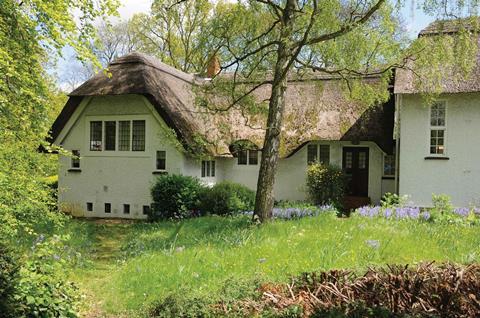
From the completion of Edinburgh New Town in the mid 19th century and the era of the Victorian terrace, to the garden city movement, post-war planning, modernism and the Sustainable Communities Plan, ║├╔½Ž╚╔·TV magazine has seen it all.
So, with this drive for a big increase in numbers, what will new homes and the housebuilding industry look like when the magazine hits 200?

What will we build? Drive for density
The most popular suburban product of the volume housebuilders ŌĆō two-storey detached or semi-detached homes with gardens ŌĆō has seen little change in decades, while in cities developers have focused on high-rise flats attractive to wealthy first-time buyers or investment purchasers. However, the government and all parts of the industry largely agree that development density will have to increase to accommodate the homes the UK needs.
In 25 yearsŌĆÖ time this might not, however, mean endless high-rises. Mark Farmer, chief executive of consultant Cast, expects more innovative approaches to dense development ŌĆ£without necessarily reverting to high-rise solutionsŌĆØ, implying greater use of the ŌĆ£mid-riseŌĆØ development form of seven to eight storeys promoted by campaigning organisations such as social enterprise Create Streets.
ŌĆ£WeŌĆÖve got to build flats that are much larger to accommodate familiesŌĆØ
Robin Nicholson, Cullinan Studio
Many expect developers to start building flats suitable for families, rather than the young professional stereotype. Robin Nicholson, senior partner at architect Cullinan Studio, says: ŌĆ£WeŌĆÖve got no option but higher density. So weŌĆÖve got to build flats that are much, much larger and can genuinely accommodate families, as they do in Europe.ŌĆØ
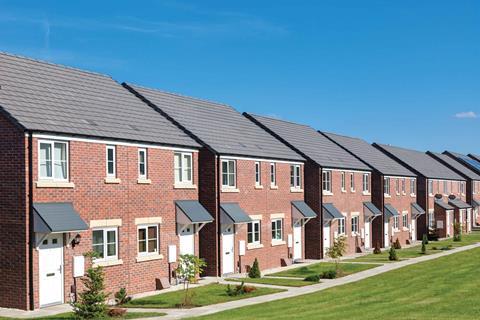
Nicholas Falk, founder of masterplanning firm Urbed, agrees: ŌĆ£As apartments become more common, we will move closer to the Continental model of family living.ŌĆØ
However, for Ian Sutcliffe, chief executive of listed housebuilder Countryside, this drive for density could run up against fundamental preferences. ŌĆ£All our research says that at a certain point most families want to live in a house of their own with a garden.ŌĆØ His vision is for higher density in cities, but well-designed traditional homes elsewhere.
Our ageing population also needs to be considered. James Lidgate, chief executive of L&G Homes, says this requires moving to a model of integrated housing where homes adapted for older people are built alongside homes for open market sale and for rent. ŌĆ£The key will be multi-tenure intergenerational housing, where you have amenities for older people, like a cafe, situated close to the school, and you create genuine community hubs.ŌĆØ
However, some such as Hugh Ellis, head of policy at the Town and Country Planning Association (TCPA) say there is a danger that without the government giving a stronger overall vision of what and where the new homes should be, a rush to build in the next decade will mean repeating the mistakes of the 1960s building boom: ŌĆ£I fear we will look back on this period as one where we made a series of profound mistakes. In 25 years this will leave us exactly where we were in the 1970s ŌĆō having to flatten the stuff.ŌĆØ
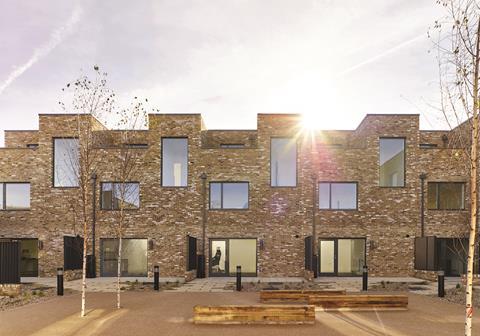
Where will be build it? Tackling the green belt
The governmentŌĆÖs planning framework puts the location of new development in local authoritiesŌĆÖ hands, except where they have failed to produce up-to-date local plans, in which case they are vulnerable to speculative applications. However, many areas of high housing demand have strong additional planning protections, such as greenbelt designations.
In a generationŌĆÖs time, few believe the government will have been able to resist the pressure for a more flexible ŌĆō and developers say more reasonable ŌĆō approach to the green belt. CountrysideŌĆÖs Sutcliffe says: ŌĆ£The green belt does have to be tackled. Lots of low-quality land within green belt could be sustainably developed without impact on its visual amenity and openness. This blanket refusal just isnŌĆÖt warranted.ŌĆØ
ŌĆØThe green belt canŌĆÖt be sacrosanct any moreŌĆØ
Neil Sutherland, MAKAR
Neil Sutherland, the architect founder of Scottish sustainable offsite housebuilder Makar, says: ŌĆ£The green belt just canŌĆÖt be sacrosanct anymore ŌĆō itŌĆÖs a throwback to a different era.ŌĆØ
UrbedŌĆÖs Falk says the key to getting acceptance of incursions will be using ŌĆ£smarterŌĆØ models such as the one already used around Cambridge, where a ŌĆ£quality panelŌĆØ has given the local authority much more control over how urban extensions are designed. ŌĆ£IŌĆÖm cautiously optimistic that whatŌĆÖs been achieved there will be picked up and replicated,ŌĆØ Falk says.
It is also likely that in 25 years many areas will still be in the process of building out the raft of new settlements now being planned under the governmentŌĆÖs garden towns and villages programme. How successful these will be, though, is not clear. Alex Ely, founder of housing architect Mae, says the current programme will not see developments of the scale needed to create functioning places. ŌĆ£The garden villages programme is a nonsense ŌĆō itŌĆÖs not going to cut it [ŌĆ”] We need to look at new towns or cities.ŌĆØ
Likewise, the TCPAŌĆÖs Ellis fears the reality in 25 years will have fallen short of expectations. ŌĆ£WeŌĆÖll see a handful but if the government doesnŌĆÖt support them properly theyŌĆÖll wither on the vine.ŌĆØ
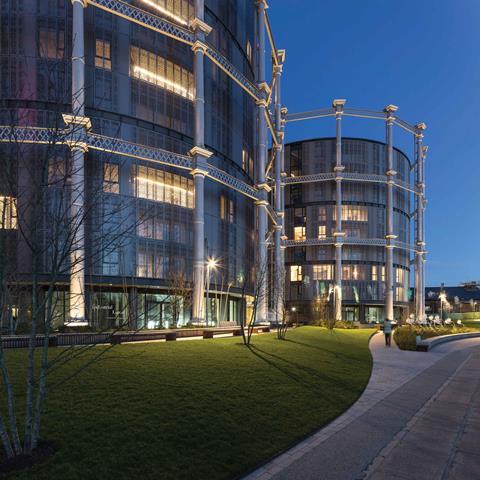
How will we build it? Offsite opportunites
Many predict a revolution in the methods used to build homes over the next 25 years, with offsite approaches displacing traditional masonry construction. This is set to be driven by the predicted paucity of skilled tradespeople, the steady reduction in cost of modern build methods, and growth in development models that value the on-site time savings that offsite prefabrication can offer.
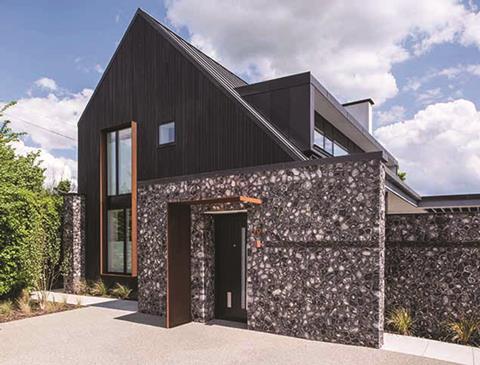
CastŌĆÖs Farmer says he is already seeing a ŌĆ£gradual but steady shiftŌĆØ in this direction: ŌĆ£I see modern methods gaining an ever-growing share of total construction work, as developments in automation, robotics and machine learning in design lend themselves to this.ŌĆØ
ŌĆ£We have the capacity to be a world leader in offsiteŌĆØ
Marc Vlessing, Pocket Living
MakarŌĆÖs Sutherland, whose firm prefabricates volumetric and closed panel timber systems from a small facility, says overcoming the current premium cost for offsite will have dramatic consequences. ŌĆ£ItŌĆÖs just a more efficient way of producing units, and its about producing quality and giving people meaningful work. The traditional trades will start to disappear.ŌĆØ
CountrysideŌĆÖs Sutcliffe says his firm already uses offsite components in three-quarters of the homes it builds and is looking at using more, while Pocket Living chief executive Marc Vlessing says: ŌĆ£We [the UK] have the capacity to be a world leader in offsite manufactured housing, having skipped a generation of technology.ŌĆØ
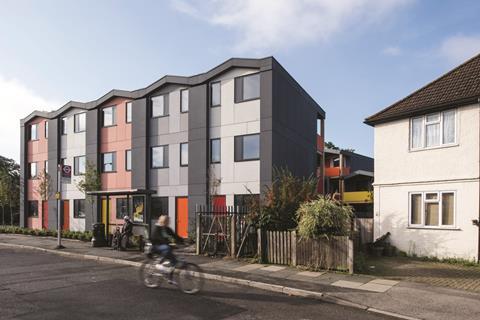
Despite this enthusiasm, the extent of the shift to prefabrication is in doubt. Residential AnalystsŌĆÖ director Neal Hudson says the industry could switch back to traditional build if the expected growth in construction of homes to rent fails to happen. ŌĆ£The latest fads ŌĆō like offsite ŌĆō were also fads in the past. Whether this current drive will look like another fad in 25 years remains to be seen.ŌĆØ
L&GŌĆÖs Lidgate, whose firm has invested millions of pounds in setting up the UKŌĆÖs largest housebuilding factory, says offsite will be increasingly important, but that: ŌĆ£I doubt whether offsite manufacture will become the predominant method.ŌĆØ
Who will build it? Rise of new entrants
Housebuilding is dominated by the volume housebuilders, the top eight of which build more than half of all new homes. SMEs construct only about 10%, down from 40% in 1998. Since 2016, government policy has aimed to encourage sector entrants such as build-to-rent (BTR) developers and housing associations.
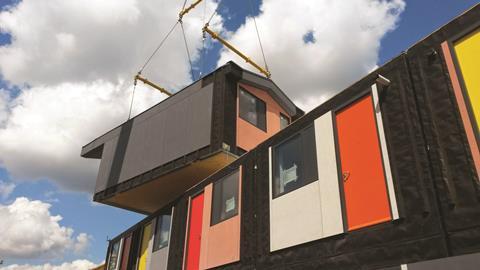
Few expect the dominance of the big housebuilders to be broken, but many predict that in 25 yearsŌĆÖ time housing will be delivered by a greater variety of providers. Housing associations now build about 40,000 homes a year but have promised to up this to 120,000, while the British Property Federation has recorded nearly 100,000 homes for private rent in the development pipeline.
ŌĆ£WeŌĆÖre seeing disruptors [ŌĆ”] weŌĆÖll see a wider variety of providersŌĆØ
Ian Sutcliffe, Countryside
However, there is little sense that new housebuilders in the traditional mould will come through to challenge the likes of Berkeley, Taylor Wimpey and Barratt. CountrysideŌĆÖs Sutcliffe says: ŌĆ£WeŌĆÖre seeing disruptors, whether housing associations or those like L&G, or contractors. WeŌĆÖll see a wider variety of providers, IŌĆÖm sure, but IŌĆÖm less optimistic for the return of the SME housebuilder, the vast majority of which have been squeezed out for lack of finance and planning. The barriers to entry for new housebuilders are very high.ŌĆØ

Will it be affordable? Dealing with highland values
The governmentŌĆÖs current policy is to focus on making homes affordable by building more for the open market, thereby bringing prices down, rather than significantly increasing the supply of social housing. But a 2017 report by Taylor Wimpey chief executive Peter Redfern for the Labour Party made clear that simply increasing supply of private homes is unlikely to bring prices down.
With growing political pressure around the difficulty young people are now facing in buying a home, there is some optimism that this problem will have been more directly addressed in 25 yearsŌĆÖ time. MaeŌĆÖs Ely says: ŌĆ£There will be a point when government wakes up and realises it needs to build social housing at a very large scale. I canŌĆÖt see this not happening, given a vocal young generation that feels further and further marginalised.ŌĆØ
ŌĆØThere will be a point when government wakes up and realises it needs to build social housing at a very large scaleŌĆØ
Alex Ely, MAE
Other than direct subsidy, one key to unlocking the affordability problem could be to tackle high land values, particularly for previously low-value agricultural land. Current UK law allows landowners to claim ŌĆ£hope valueŌĆØ when land is compulsorily purchased, even where no planning permission exists. Changing this would transform the finances for developing new settlements.
CullinanŌĆÖs Nicholson says: ŌĆ£ItŌĆÖs the cost of land that is so crippling to quality development. Selling on ŌĆ£hope valueŌĆØ is grotesque ŌĆō the threat should be to nationalise land.ŌĆØ
Falk says: ŌĆ£Unless we tackle the problem of land value, we donŌĆÖt have a hope.ŌĆØ
From the radical to the mainstream: Housing in 2043

JapanŌĆÖs example:
James Lidgate, chief executive, L&G Homes: ŌĆ£I think there will be a really compelling combination of offsite manufacturing, new technology that learns how people want to live and tailors the homes to their needs, and high sustainability standards, together resulting in net energy generating homes. WeŌĆÖre already seeing this in Japan. This will make us less reliant on baseload from big power stations and will revolutionise housebuilding.ŌĆØ
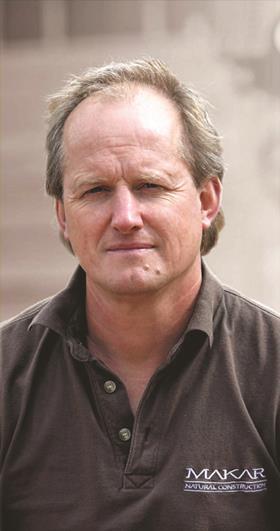
Customer control
Neil Sutherland, founder, Makar: ŌĆ£In 25 years the customer will have taken much more control of the home buying process, meaning theyŌĆÖre going to shape the way homes are produced, allowing for mass customisation. People will have a role in designing homes ŌĆō with designers helping buyers get what they want.ŌĆØ

Green belt trading
Marc Vlessing, chief executive, Pocket Living: ŌĆ£I think people will have come to accept and tolerate a market for greenbelt trading. This will see low-quality greenbelt sites near to infrastructure that are suitable for homes swapped for proper open green land, which can be added to the green belt.ŌĆØ

Self-building boom
Neal Hudson, founder, Residential Analysts: ŌĆ£There is a real opportunity for self- and custom-building to take off as the equity from baby boomersŌĆÖ houses gets freed up, particularly given new planning rules encouraging it. It could really take off and become a much bigger part of the sector in 25 yearsŌĆÖ time.ŌĆØ

║├╔½Ž╚╔·TV Your Future celebrates 175 years of the magazine. We are looking backwards in time to evaluate lessons from history, while helping you to look ahead and understand the fast-changing landscape to help inform your choices. We have lots of editorial opportunities aimed at getting you involved. Find out more at building.co.uk/175



























No comments yet